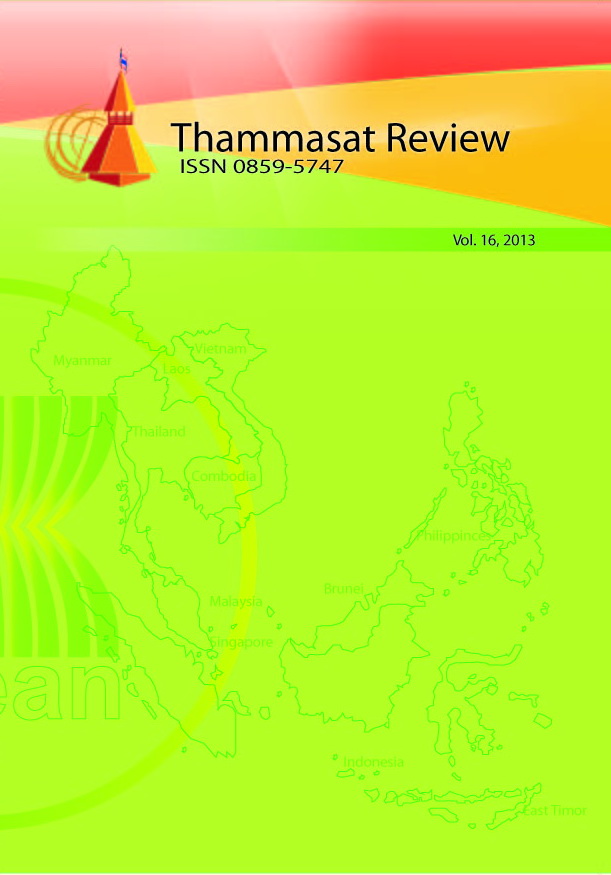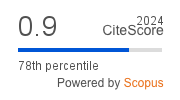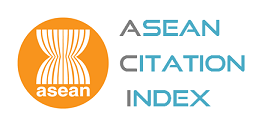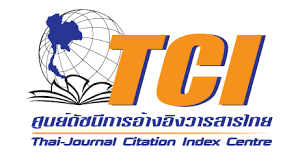A Woman of Merit: Building the Silk Road of Lao Peoples Democratic Republic through Space and Time
Abstract
A long silk road travels through both time and space in Lao Peoples Democratic Republic (PDR). It is not a road of camels and sand, rather it winds through the open planes of Phongsavan and finds its way to Vientiane and Luang Prabang where the Lao silks are brought to market. The road also spans the life of a little known Lao heroine by the name of Mrs. Kommaly Chanthavong. It has been said that her life is the story of Lao, holding a turbulent past and an emerging more hopeful future. Mrs. Kommaly Chanthavong’s story offers something new for socioeconomic development, specifically the concept of solicitude. Solicitude is the mutual exchange of self-esteem and self-respect among human beings. The challenge of this exchange is to bring together the elements of personal and collaborative identity, relationship, and a commercial market in the practical expression of a just livelihood. The process of development within this orientation takes into account the availability of current resources—both human and material. In such an account resides the most powerful resource, namely the human imagination. Over time and in a space of imagination, Mrs. Kommaly Chanthavong brought forth, with her workers, a silk farm that produces high quality products that find their way to the tourist markets in Lao PDR and into the United States (U.S.) . Mrs. Kommaly Chanthavong stands as one pristine example of ways development can bring both local Lao communities and, in turn, local communities of other nations, into new relationships. In this case, exquisite silks pave a road that moves beyond the borders of Lao PDR.
Key Words: Lar PDR solicitude, socioeconomic development, identity, imagination
Downloads
How to Cite
Issue
Section
License
The opinions and ideas expressed in all submissions published in Thammasat Review are solely that of the author(s) and do not necessarily reflect that of the editors or the editorial board.
The copyright of all articles including all written content and illustrations belong to Thammasat Review. Any individuals or organisation wishing to publish, reproduce and distribute a particular manuscript must seek permission from the journal first.








